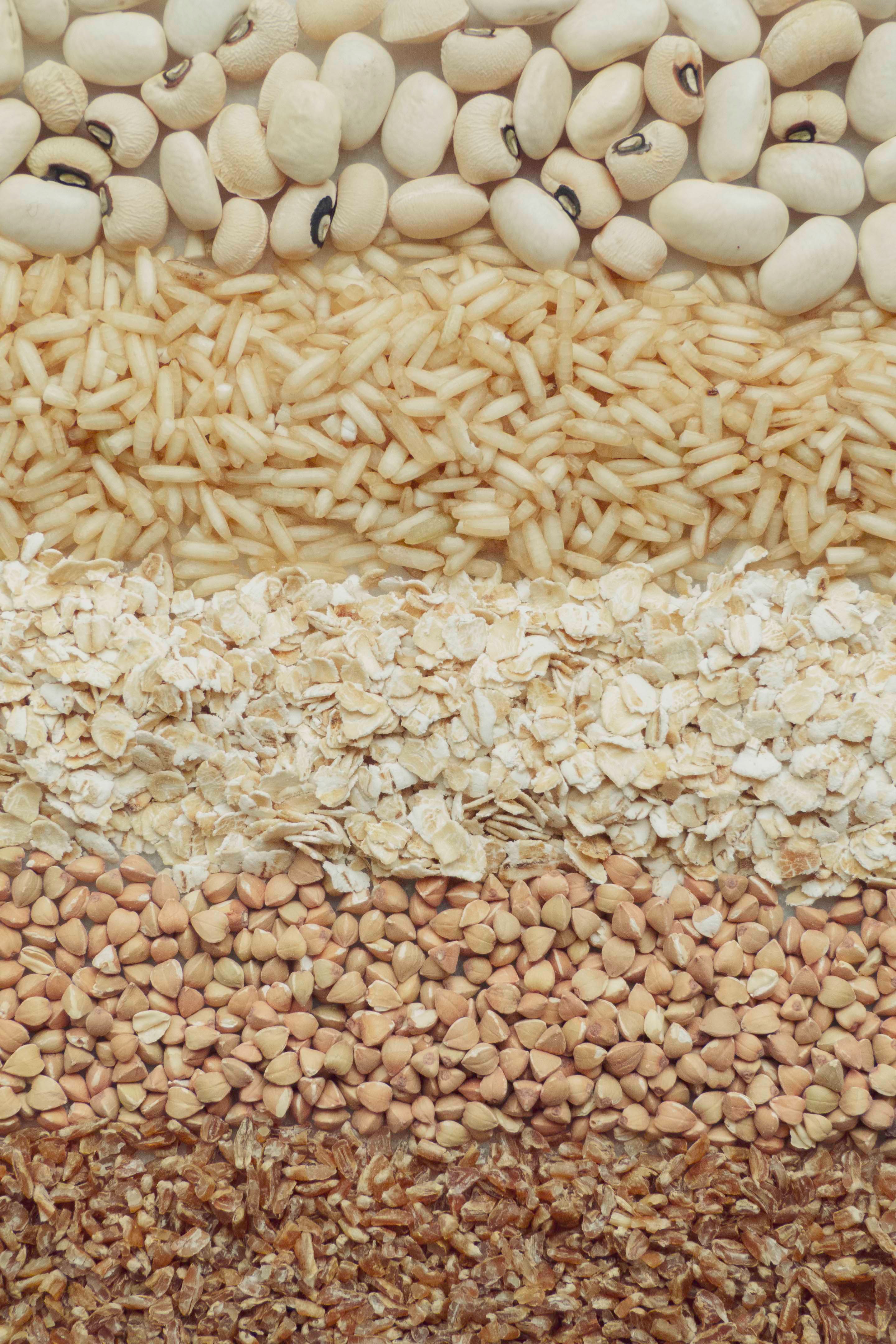The difference between food taints and off-flavors
Food flavor is one of the most important elements that drive consumer acceptance and preference. Violation of consumer expectations will result in consumer complaints and difficulties to the manufacturer. ‘The food is tainted’ or it has ‘an off-flavor’, this is what customer complaints are mostly like.
Taint versus off-flavor
However, there is a small difference between the two definitions. Taints are unpleasant flavors imparted to food through external sources. For instance, a disinfectant flavor due to a chlorophenol coming from a poorly rinsed production line.
Taints are unacceptable in any foodstuff. Off-flavors, however, are unpleasant flavors imparted to food through internal deteriorative change. For example, dimethyl trisulphide can be either wanted (in cooked cabbage) or unwanted compound (in red prawns) or turn into off-flavors if the concentration is for some reason too high (in beer).
At the end of the day, food producers need to identify the source of the flavor related problems and that is when these definitions come handy. The detective work needed can be quite different for taints and for off-flavors.
Taints
Taints can occur at any stage of the food manufacturing and supply chain, and can come from many different sources at each stage.
Some of the examples are:
- Direct contact, like packaging systems, wood pallets, disinfectants cleaning materials, pesticides or wine corks.
- Water contamination, like water treatment systems, Blue-green algae, actinomycetes or migration from process line components.
- Aerial contamination, like transport containers, flooring materials, paints or diesel fumes.
Off-flavors
Off-flavors, in principle, can be related to ingredients, processing, packaging or storage factors, and are often reflected in product shelf-life.
For example:
- Microbial reactions, like meat and fish spoilage, vanillin degradation, anaerobic fermentation or sorbic acid degradation.
- Chemical reactions like autoxidation, enzymatic or precursor reactions.


